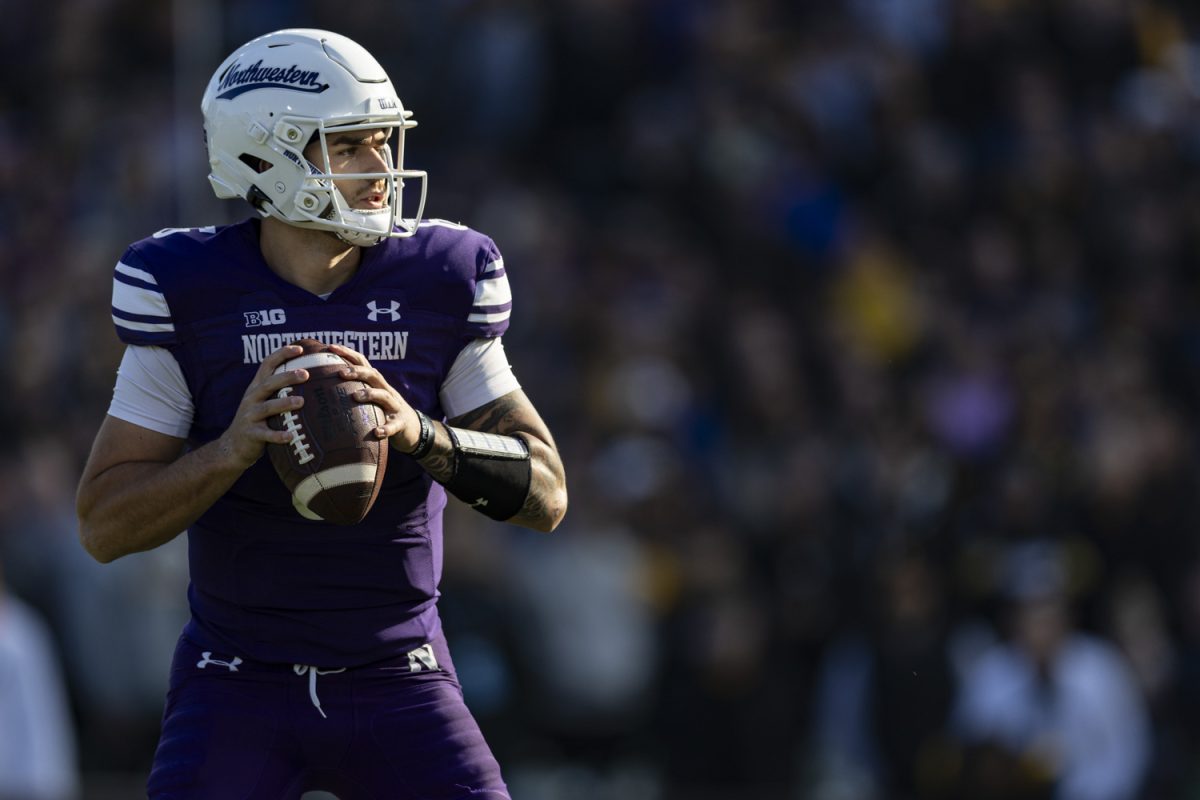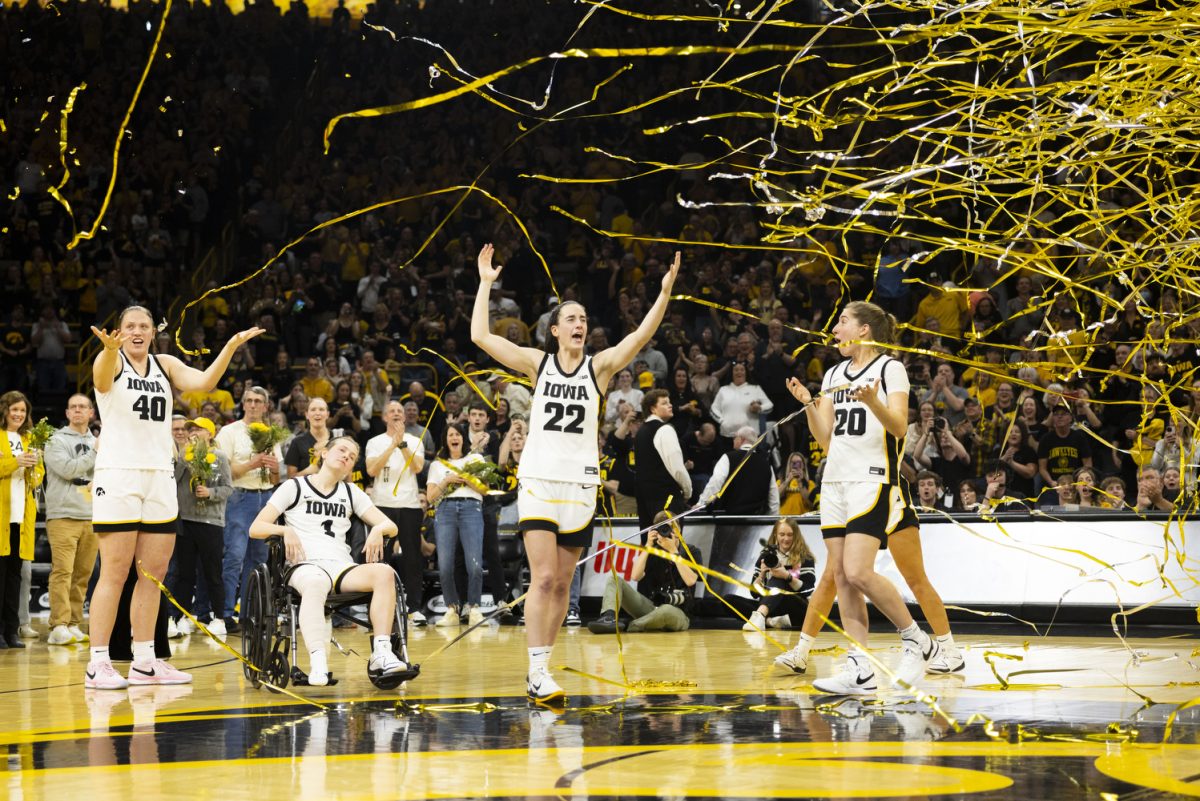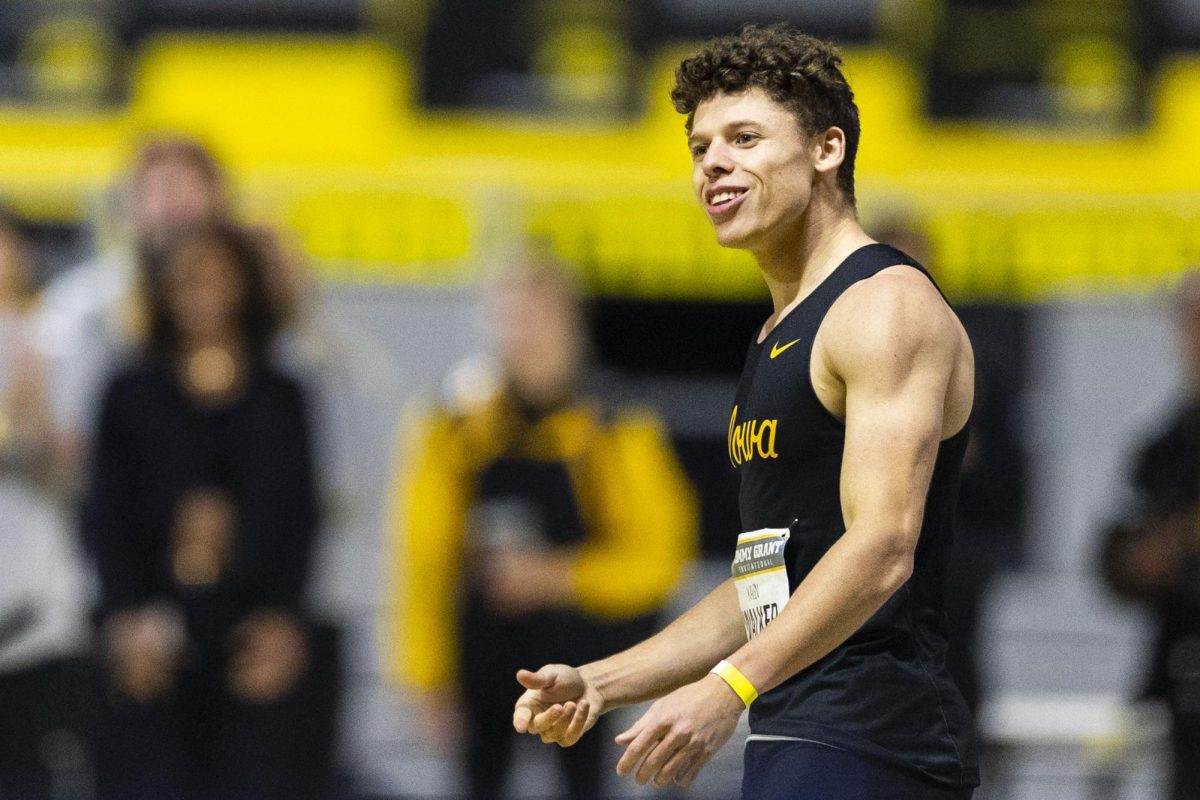Olympians swim in a long-course swimming pool, a pool nearly twice as long as a standard college or high school competition.
But so do the Iowa City Eels swim club.
Even the youngest and most beginning group of swimmers, which is called Frost, are practicing and competing in the long course — where the length of the pool is 50 meters instead of 25 yards. The youngest a swimmer can starts swimming on the team is age 6.
The Eels’ website specifies that a swimmer as young as 6 can join the team, but he or she must be able to pass level four in American Red Cross swimming lessons. Level four skills, however, include being able to swim 25 yards of freestyle and backstroke and 15 yards of breaststroke and butterfly. Level-four students must also be able to dive, per Red Cross standards.
But the young Eels swimmers do much more than that.
During the summer months, all of the group’s swimming meets are long course, so the kids typically practice twice a week in the long-course pool at City Park and Mercer Aquatic Center.
Surprisingly, the long-course pool isn’t too big of a challenge for the younger, less-experienced kids to tackle.
"They actually do better at long course than short course," assistant head coach Adam Osweiler said. "Because they have fewer [flip] turns."
Swimmer Cam Herting, 19, swims for the club on his breaks from his college swimming season, and he remembers his first time swimming long course was when he was 9.
"Some of the kids are actually really good," Herting said. "It’s crazy — they swim 50-meter and 100-meter butterfly."
Butterfly is one of the most difficult swimming strokes that one swims while on one’s stomach. Both arms come out of the water simultaneously. The swimmers kick their feet together for this stroke, making their feet look like a dolphin’s fin. That is why the kick is also known as the dolphin kick.
Backstroke and freestyle are understood a lot better in the Frost group than the butterfly and breaststroke, but each kid has some understanding of the tougher strokes even if they can’t make it 50-meters without stopping.
But even so, even the youngest of the athletes swim through a full practice, including timed sets, diving, and flip turns. Their practice don’t look too different from that of the older kids, just a little less intense. Some of the smallest swimmers are even practicing in the fastest lane each workout.
The 6-year-olds are even starting to learn a stroke that many adults are clueless about.
"Breaststroke and butterfly are a lot harder because of the timing of getting the legs to go with the arms," Osweiler said. "Because butterfly takes a little more strength to get both arms out of the water at the same time, we kind of save that stroke for last after their first season on the team."
All of the beginners on the team practice hard and often enough so that they can perfect their strokes and successfully complete their races whether they are in short or long course.
"Long course is definitely different," coach Lily Doershuk said. "But it’s not necessarily any harder or easier for the kids; all of our beginners can make it across the pool."






